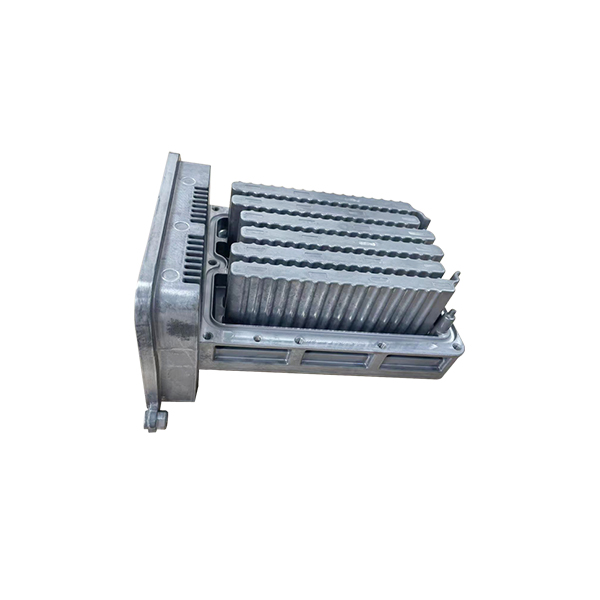As technology continues to advance, the demand for efficient and reliable energy storage solutions has never been greater. One crucial component of these energy storage systems is the battery enclosure, which plays a vital role in protecting the batteries and ensuring their optimal performance. Within the battery enclosure, the aluminum housing serves as a key element in providing durability, thermal management, and overall safety.
Aluminum is widely recognized for its exceptional properties, making it an ideal material for the construction of battery enclosures. Its lightweight nature, high strength-to-weight ratio, and corrosion resistance make it a top choice for manufacturers seeking to create robust and long-lasting enclosures for various battery applications.
One of the primary functions of the aluminum housing in a battery enclosure is to provide structural integrity and protection for the internal components. Batteries are often subjected to harsh environmental conditions and mechanical stresses, and the housing must shield them from potential damage. Aluminum’s innate strength and durability make it an excellent candidate for withstanding external impacts and ensuring the integrity of the battery system.
In addition to its protective qualities, aluminum also excels in thermal management, a critical aspect of battery performance and longevity. During operation, batteries generate heat, and effective thermal management is essential to maintain optimal operating temperatures and prevent overheating. The high thermal conductivity of aluminum allows for efficient heat dissipation, helping to regulate the temperature within the enclosure and safeguarding the batteries from thermal stress.
Furthermore, the lightweight nature of aluminum contributes to the overall portability and ease of handling of battery enclosures. This is particularly advantageous in applications where mobility and space constraints are significant factors, such as in electric vehicles and portable energy storage systems. The use of aluminum housing helps to minimize the overall weight of the enclosure without compromising on strength and protection, enhancing the overall efficiency and usability of the battery system.
Safety is paramount in the design and construction of battery enclosures, especially considering the potential risks associated with energy storage. Aluminum’s non-combustible nature and high melting point make it a safe choice for containing and isolating the batteries, reducing the likelihood of fire hazards and enhancing the overall safety of the system.
Moreover, aluminum is a highly recyclable material, aligning with the growing emphasis on sustainability and environmental responsibility in the manufacturing industry. The ability to recycle aluminum housing not only reduces the environmental impact but also supports the circular economy by minimizing waste and conserving resources.
The aluminum housing of battery enclosures plays a pivotal role in ensuring the durability, thermal management, and safety of energy storage systems. Its exceptional properties make it a preferred material for constructing robust and reliable enclosures that are essential for various applications, including electric vehicles, renewable energy storage, and portable electronic devices. As the demand for efficient and sustainable energy solutions continues to rise, the significance of aluminum housing in battery enclosures remains undeniable, driving innovation and advancements in the field of energy storage technology.
Post time: Mar-25-2024




